Options for Treatment
When it comes to orthodontic treatment, one size does not fit all. Different people have unique dental needs, and that’s why there are various techniques available to cater to individual cases.

Custom Braces
Custom braces are a popular choice for aligning teeth. Modern advancements have made them smaller and more comfortable compared to older versions.
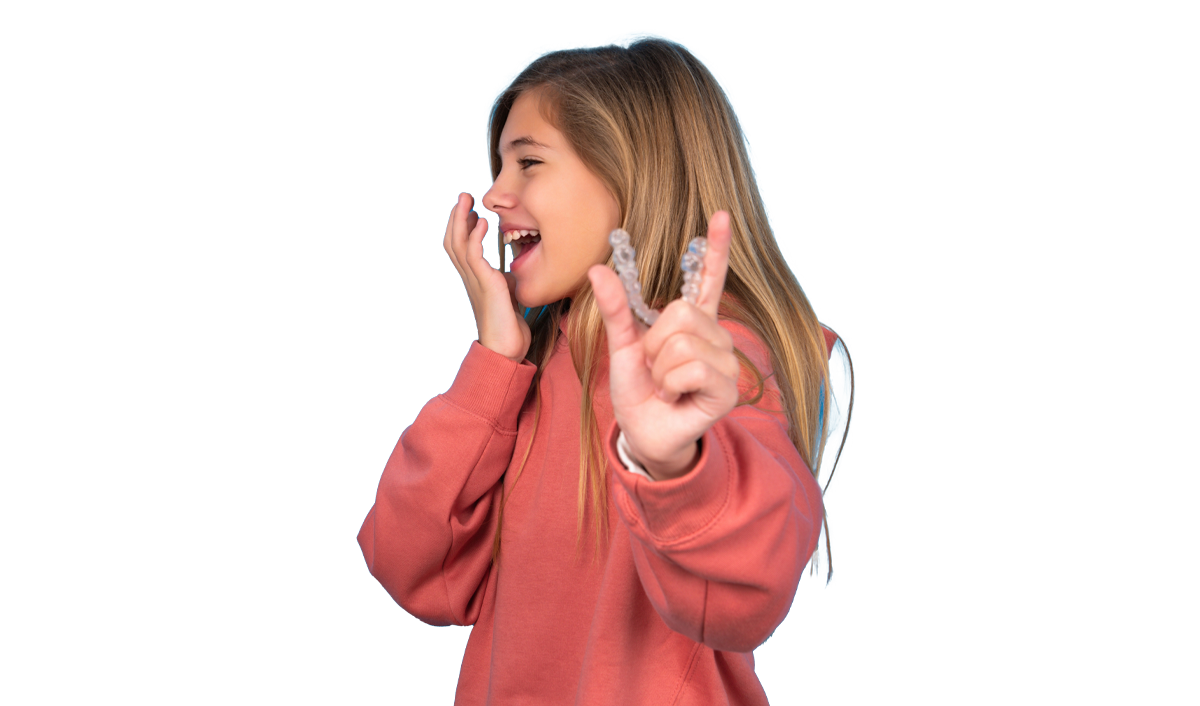
Invisalign
Clear aligners are an esthetic alternative for orthodontic needs. At Hodge Orthodontics, we use the iTero scanner to quickly scan your teeth instead of taking impressions.

Dental Appliances
Dental appliances are crucial in adjusting and maintaining proper alignment, effectively addressing various dental concerns, and ultimately enhancing overall health.
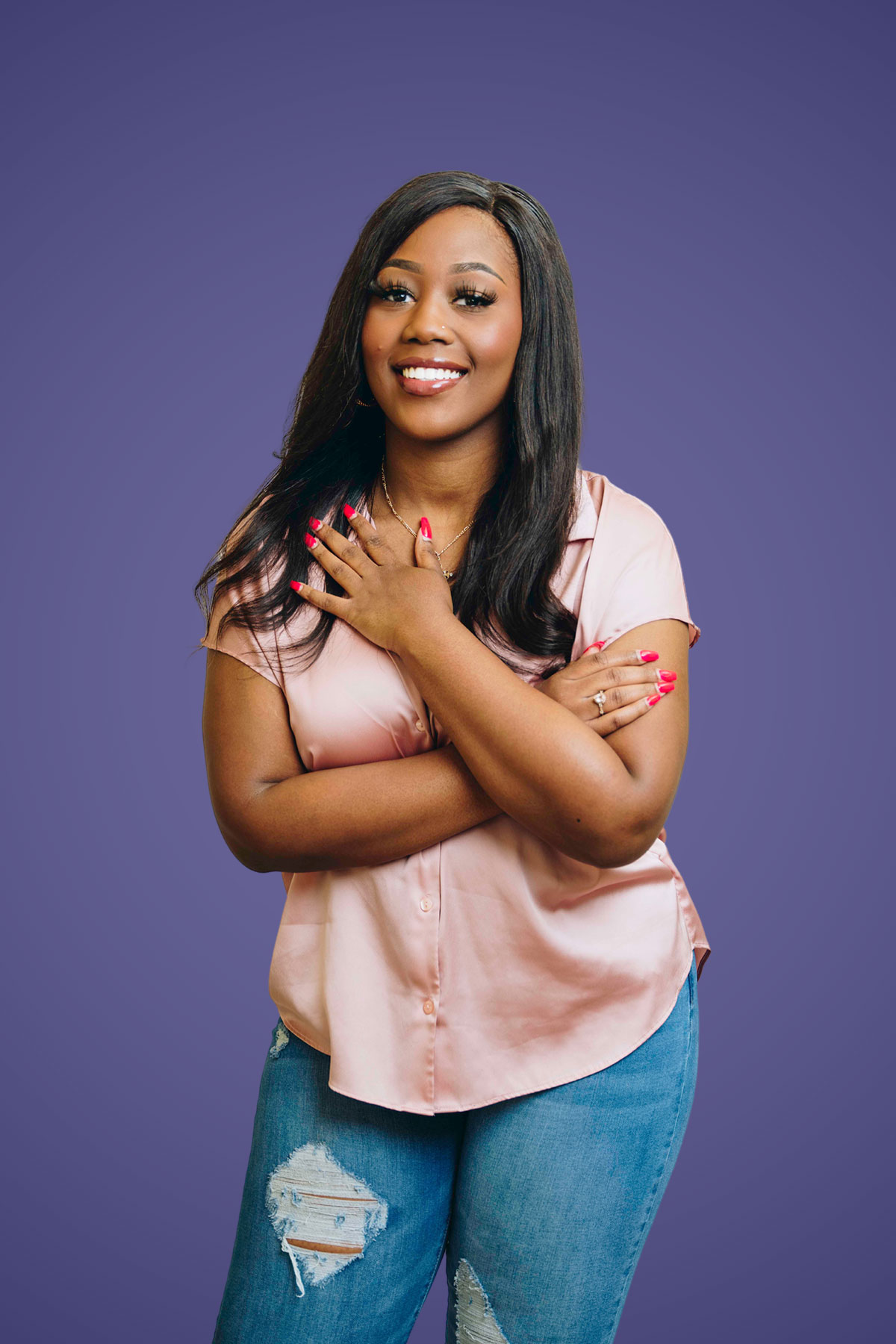
Treatment for Adults
The number of adults seeking orthodontic treatment is rapidly increasing. Some people never had a chance to have treatment as kids and teenagers. Others have had treatment in the past but have experienced some degree of relapse. If you have the will to improve your smile, we have a way to make that happen. We can solve issues that have been making you self conscious for years — there are no age limits for orthodontic treatment. No matter the issue, Dr. Hodge will listen to your concerns.
Treatment for Teenagers
Traditionally, the teenage years are when most people undergo orthodontic treatment. Dr. Hodge will listen to your concerns and perform a full assessment of your teeth and jaws, then present you with options. Together, the patient and orthodontist will decide which option works for you. We offer traditional metal braces, ceramic braces and Invisalign so you can choose whichever one fits your personality and your lifestyle.

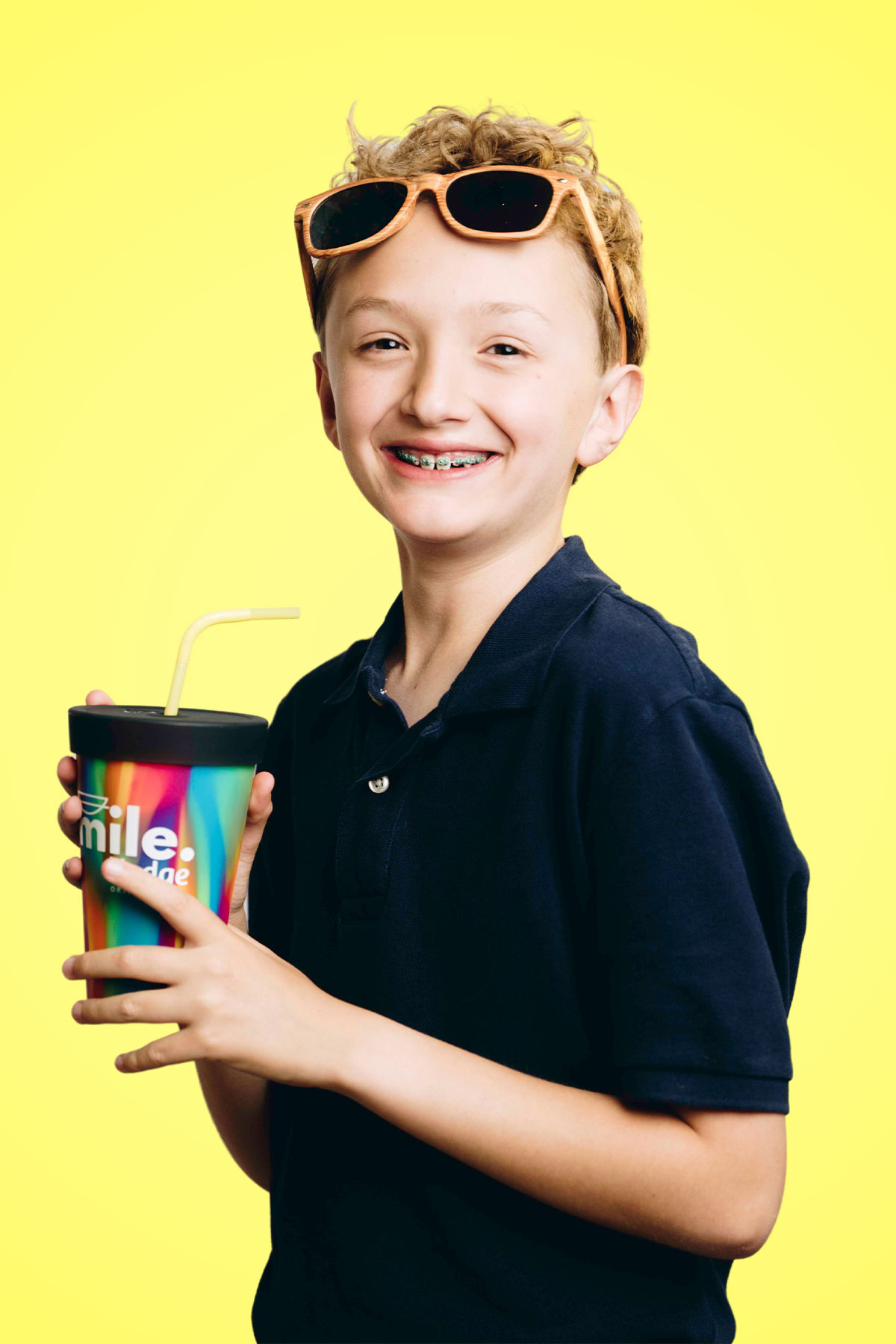
Treatment for Kids
In most cases it’s appropriate to wait until a child has all (or almost all) of their permanent teeth before starting orthodontic treatment. In some cases, kids may benefit from early limited orthodontic treatment. Limited treatment is utilized when Dr. Hodge detects a problem that is more easily corrected at a young age, that will get worse with time, or that is affecting the child’s self esteem during critical years of development.
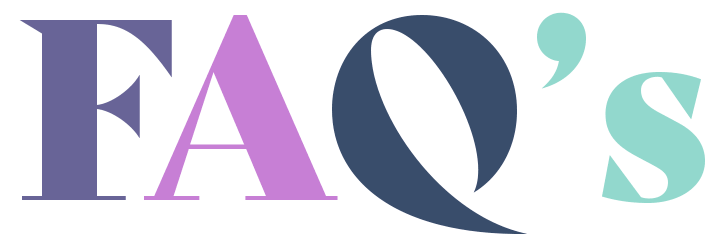
Living with braces.
They can. Most people experience some degree of discomfort after they get their braces. That usually goes away after 3 days. During that time, we recommend that you eat a soft diet. Mashed potatoes, pasta, hamburgers, and milkshakes are good examples of foods to eat on those first few days. You can also use any over the counter pain reliever to help relieve the discomfort.
It is very, very important that you keep your teeth clean whether or not you have braces. That alone can keep you from having most types of dental problems. It takes a little extra effort to keep your teeth clean when you have braces. Braces and wires can be food traps and it is very important that you remove any food residue with toothbrush and floss.
We recommend that you use a small head toothbrush with soft bristles. The small head makes is easier to remove plaque and food from hard to reach areas. The soft bristles are important to preserve your gums. A small proxy-brush, shaped like a christmas tree, is great to to remove food and plaque around the brackets and underneath the wires.
It is also very important keep flossing your teeth during orthodontic treatment. You can use floss threaders or orthodontic flossers to help you get the floss underneath the wires so that you clean below the gum line.
Bad things can happen if you don’t keep your teeth clean while you’re in braces.
One of the most common problems we see is the development of white stains around the brackets. Those stains are mostly irreversible. They are the result of decalcification of the enamel and can progress to cavities.
Another common issues that can develop are red, swollen gums that bleed when touched. Those are signs that the gums are inflamed. In extreme cases, that inflammation can progress to the bones that hold the teeth and cause the teeth to get lose. If this condition is left untreated, it can cause tooth loss. Sometimes surgery is necessary to trim the gums that grew around the brackets.
If a bracket breaks and it is still attached to the wire, give us a call at (501) 916-2545. We will schedule for you to come in and repair the broken bracket.
If the last bracket in the arch breaks and the wire is poking you, you can use fingernail clippers to trim the wire. That should keep you comfortable until you are able to come into the office to have the bracket repaired and the wire replaced.
